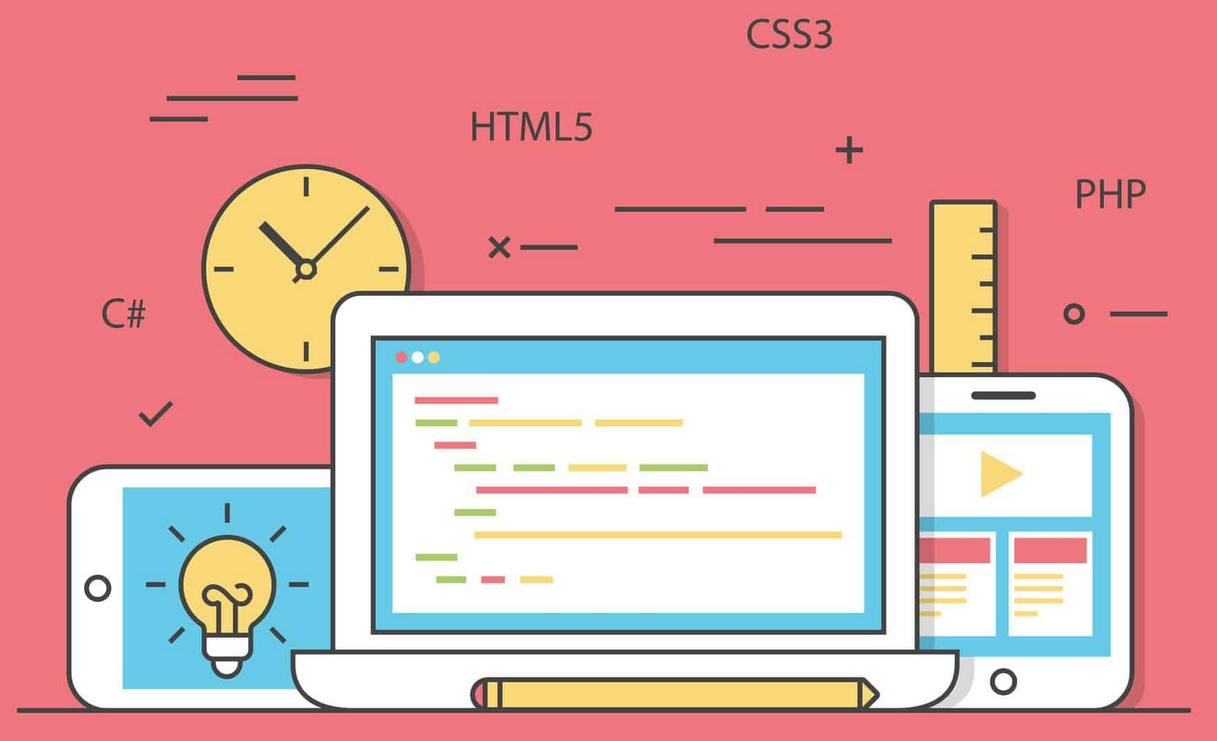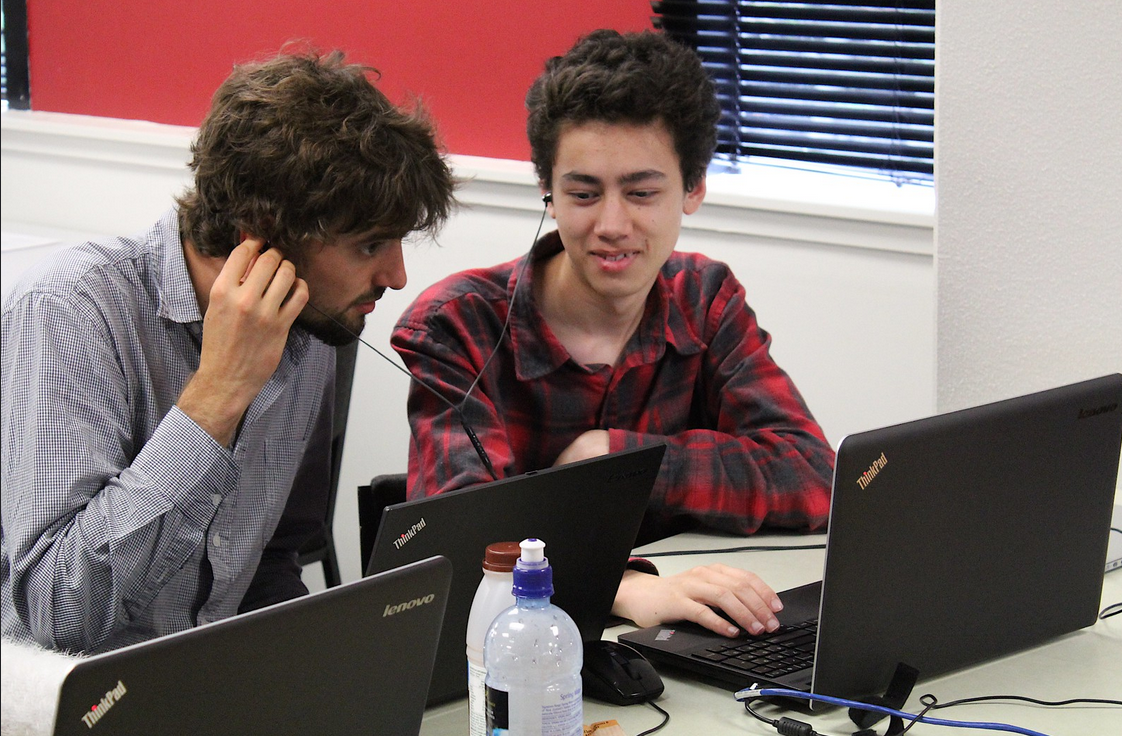Single Page Applications (SPAs) have become the go-to architecture for modern web development. By enabling dynamic content loading without refreshing the page, SPAs offer a smooth and seamless user experience that feels more like a native app. However, while SPAs provide impressive usability benefits, they also introduce unique accessibility challenges that developers need to address to ensure their applications are usable by all users, regardless of ability.
When it comes to accessibility, SPAs can be tricky. Unlike traditional websites, where each page load represents a new, distinct document, SPAs are highly dynamic, with content changing on the same page. This means that without proper consideration, assistive technologies like screen readers can easily get confused, and keyboard users might find it difficult to navigate the app.
In this blog post, we’ll take a deep dive into how to ensure your Single Page Application is accessible. We’ll look at the best practices, tools, and strategies that will help you create a more inclusive experience for all users. Whether you’re new to SPAs or have been developing them for years, this guide will help you identify and overcome common accessibility issues.
What Makes SPAs Different From Traditional Websites?
Before we dive into the accessibility best practices, let’s take a moment to understand why SPAs present unique challenges. In a traditional multi-page web application, every interaction with the site typically results in a new page load. This is a clean break between the old and new content, which is easy for screen readers and other assistive technologies to recognize.
However, in a SPA, content is loaded dynamically without a full page refresh. The URL usually stays the same, and content is injected into the page as needed. While this approach creates a smooth, app-like experience, it can also prevent assistive technologies from detecting changes to the page. For example:
- Screen readers: They rely on page load events to inform users when new content is available. In SPAs, content updates often happen in the background without those page load events, making it difficult for users to know when something new has appeared.
- Keyboard users: SPAs often use custom routing and interactions that can bypass native browser controls, meaning keyboard users may struggle to navigate the site or may lose track of their position.
- Focus management: Since content can change dynamically, it’s easy for focus to get lost, resulting in confusion about where users are on the page.
Ensuring accessibility in SPAs requires developers to be proactive, considering how to make sure all content is announced appropriately and that users can navigate and interact with the site as effectively as possible.
Best Practices for Ensuring Accessibility in SPAs
Now that we understand the challenges of SPAs, let’s look at how to address these issues while ensuring your app is fully accessible.
1. Use ARIA Roles and Properties for Dynamic Content
One of the most important tools for ensuring accessibility in SPAs is the use of ARIA (Accessible Rich Internet Applications) roles and properties. ARIA provides a way to make dynamic content and advanced user interface controls accessible to people with disabilities.
Best Practices:
- ARIA Live Regions: Use
aria-liveto make sure that dynamic content changes (such as updates to the page without a full refresh) are announced to screen reader users. Thearia-liveattribute indicates to screen readers that certain regions of the page will change, and they should announce the updated content.- Example:
<div aria-live="polite">Content here will update without refreshing the page.</div>. - Use
aria-live="assertive"for important updates that need immediate attention, andaria-live="polite"for less critical updates.
- Example:
- ARIA Roles for Navigation: Ensure that all interactive elements are assigned the appropriate ARIA roles. For instance, if you’re creating a menu, use the
role="navigation"attribute to clearly indicate that it’s a navigational element. - Landmark Roles: Use ARIA landmark roles (
role="banner",role="main",role="footer", etc.) to allow keyboard users and screen reader users to easily navigate the page and identify the sections of the SPA.
2. Ensure Focus Management
Focus management is one of the most crucial accessibility considerations in SPAs. When content changes dynamically, it’s important to maintain focus in a way that doesn’t confuse the user. Without proper focus management, users might lose track of where they are on the page, making it difficult for them to continue navigating or interacting with the app.
Best Practices:
- Set Focus on New Content: When content changes dynamically (e.g., after submitting a form or loading new results), ensure the focus is moved to the newly injected content. This helps screen reader users know that something has changed.
- Example: Use JavaScript to move focus to the newly rendered content:
document.getElementById('new-content').focus().
- Example: Use JavaScript to move focus to the newly rendered content:
- Trap Focus in Modals: When users open a modal dialog, it’s important to trap focus within the modal until they close it. This ensures that users can interact with the modal content without accidentally navigating outside of it.
- You can implement this by listening for
focusevents and setting focus back to the modal’s first interactive element when focus leaves the modal.
- You can implement this by listening for
- Announce Navigation Changes: If users are navigating between sections or views within the SPA, ensure that the screen reader announces the change. This can be achieved using ARIA live regions or by programmatically setting focus to the new section.
3. Provide Alternative Navigation Options
Although SPAs are highly interactive, many users still rely on traditional navigation methods. Ensuring keyboard accessibility for all navigation elements is crucial for SPAs, as users might not always use a mouse or touchscreen.
Best Practices:
- Tab Navigation: Ensure that all interactive elements can be accessed via the keyboard using the Tab key. Also, make sure that the Tab order is logical and intuitive.
- Skip Links: For longer SPAs with lots of content, use “skip to content” links. This allows users to quickly skip over repetitive navigation links and get to the main content.
- Provide Clear Navigation Cues: If there are complex navigation changes or new sections appearing in the app, provide a clear indication of where users are within the app (e.g., using page titles, breadcrumbs, or visual cues).
4. Ensure Accessibility of Forms
Forms are a common feature in many SPAs, and making sure they’re accessible is absolutely vital. Forms can be challenging for users with disabilities if proper labels, validation, and error messaging aren’t in place.
Best Practices:
- Label Elements Properly: Always use
<label>elements to clearly associate form controls (inputs, checkboxes, etc.) with descriptive labels. If a form field requires a more complex explanation, usearia-describedbyto link the input to a description. - Provide Clear Validation Messages: If the form submission fails due to validation errors, make sure to announce error messages clearly. Use ARIA live regions or focus management to ensure that error messages are heard by screen reader users.
- Ensure Custom Form Controls are Accessible: If you use custom controls (e.g., date pickers, sliders, etc.), ensure they are accessible by using ARIA roles and properties, and make sure they are fully keyboard-navigable.
5. Test with Real Users and Assistive Technologies
Even if you’re following accessibility best practices, the only way to ensure your SPA is truly accessible is by testing it with real users—particularly those who use assistive technologies. Automated tools like Axe or Lighthouse are great for catching common issues, but they can’t catch every nuance of the user experience.
Best Practices:
- User Testing: Conduct user testing with people who use screen readers, keyboard navigation, and other assistive technologies. This will help you identify real-world issues that automated tools may miss.
- Test with Screen Readers: Make sure you test your app with screen readers like NVDA (Windows) or VoiceOver (Mac). This will give you insight into how well your app functions for users who rely on these tools.
- Test with Keyboard Navigation: Ensure that your app can be navigated entirely with a keyboard. Make sure all interactive elements are reachable, focusable, and usable without a mouse.
Conclusion: Creating Accessible SPAs Is Key to Inclusivity
Single Page Applications offer great performance and usability advantages, but they come with unique accessibility challenges. Ensuring that your SPA is fully accessible requires proactive focus management, the use of ARIA roles, providing clear navigation cues, and testing with real users.
By following the best practices outlined in this post, you can make your SPA more inclusive, helping users with disabilities navigate and interact with your app just as easily as everyone else. Accessible design isn’t just about meeting guidelines; it’s about ensuring that every user, regardless of ability, can fully engage with your content.
Let’s make the web a more inclusive space—one accessible SPA at a time!







